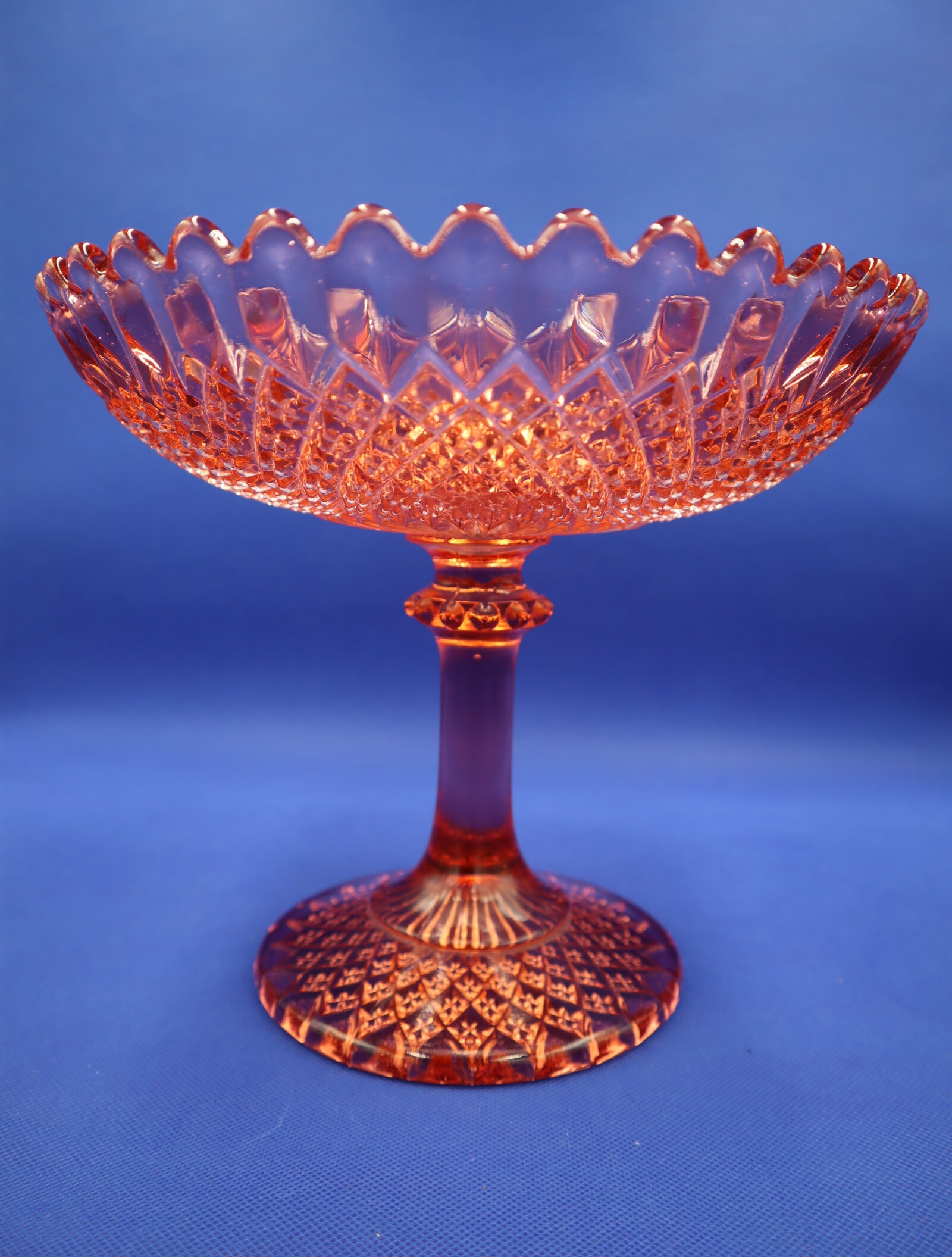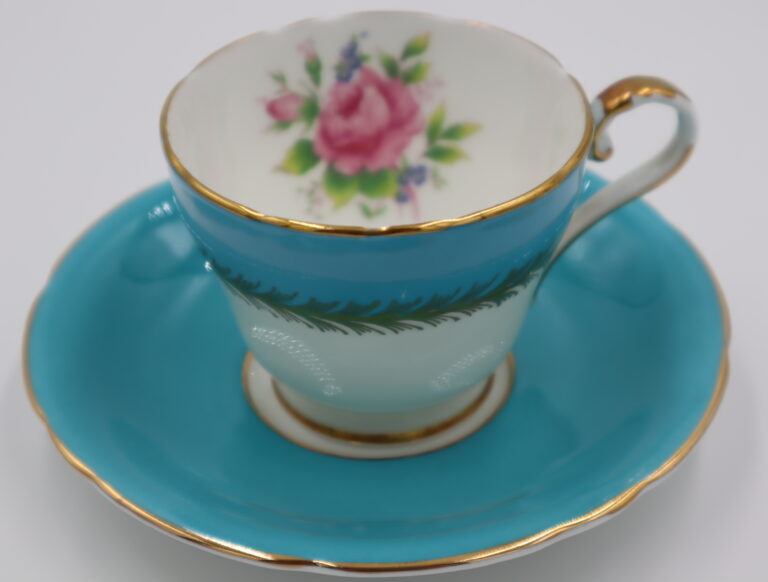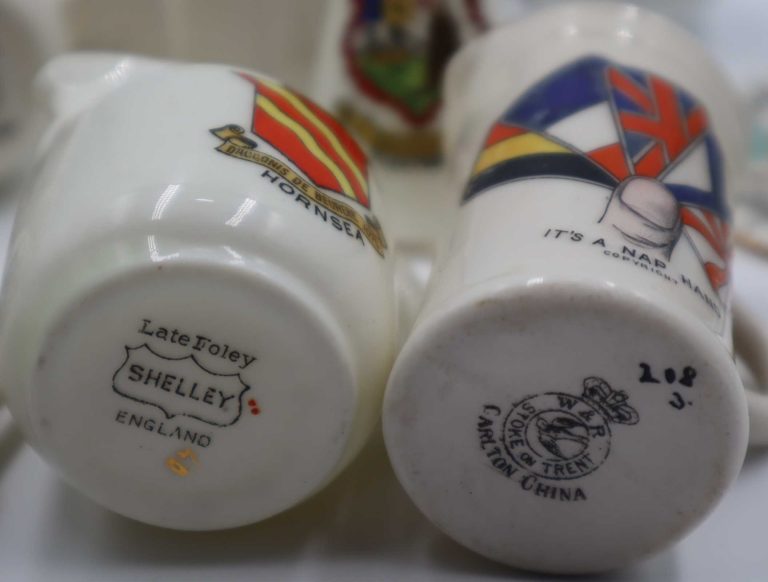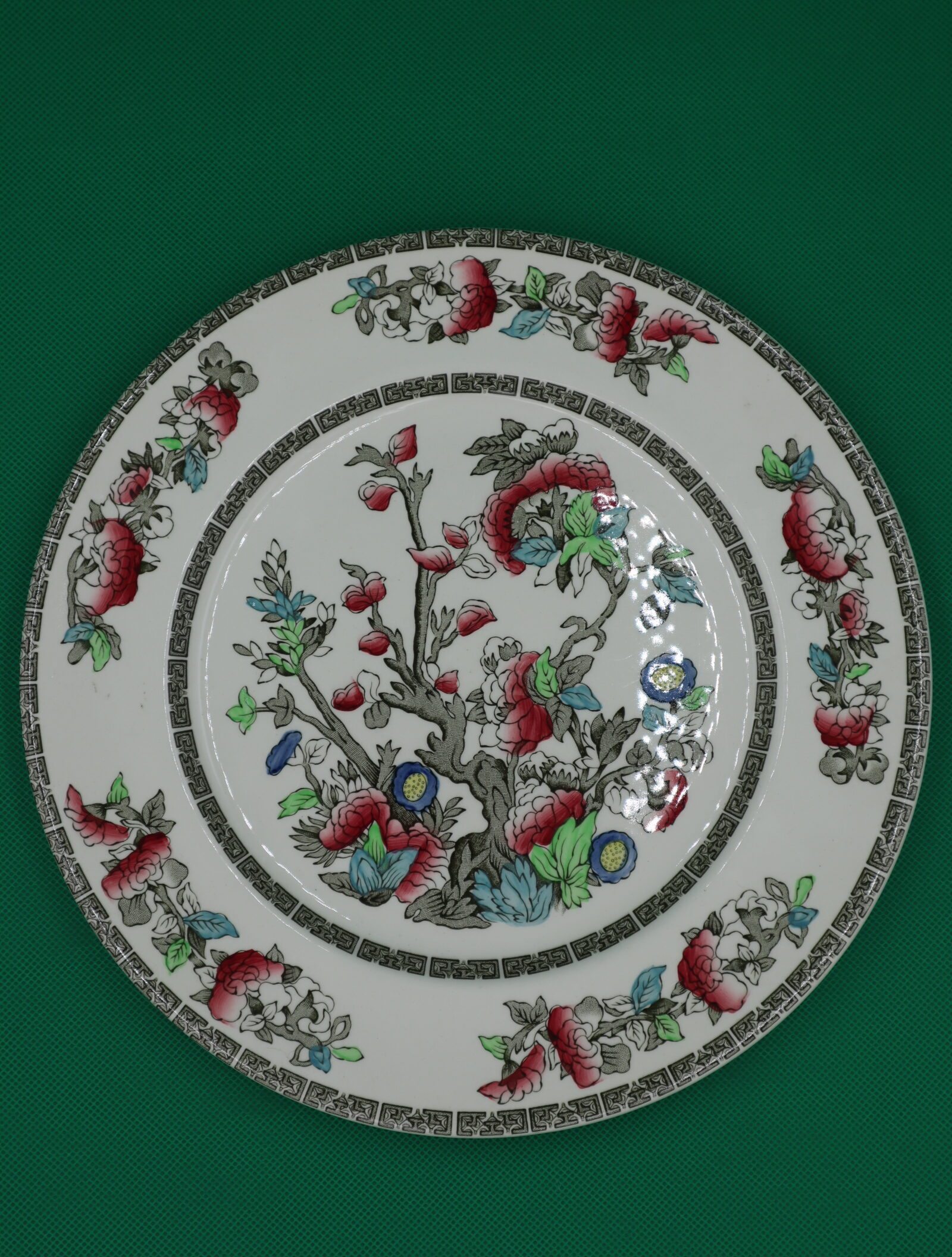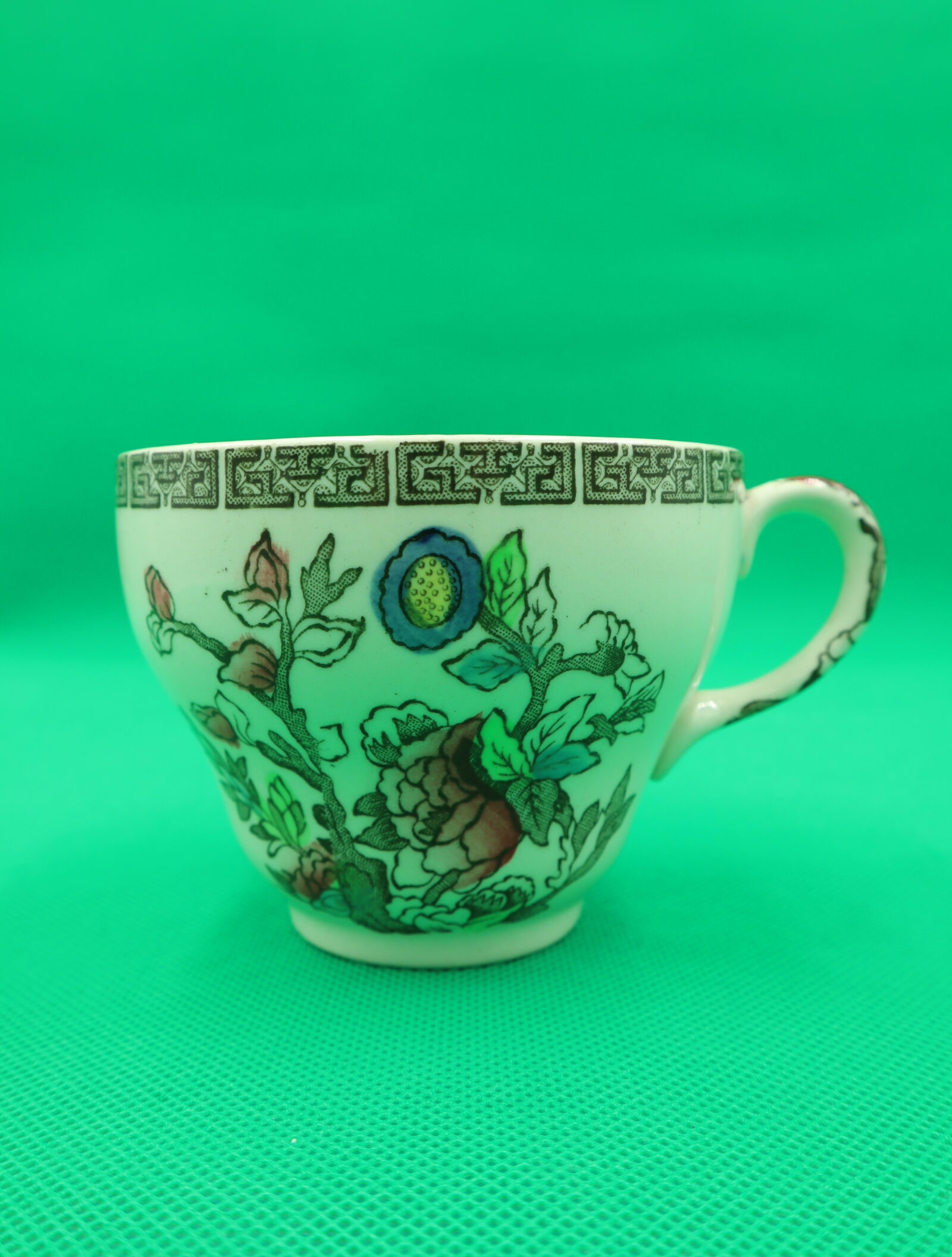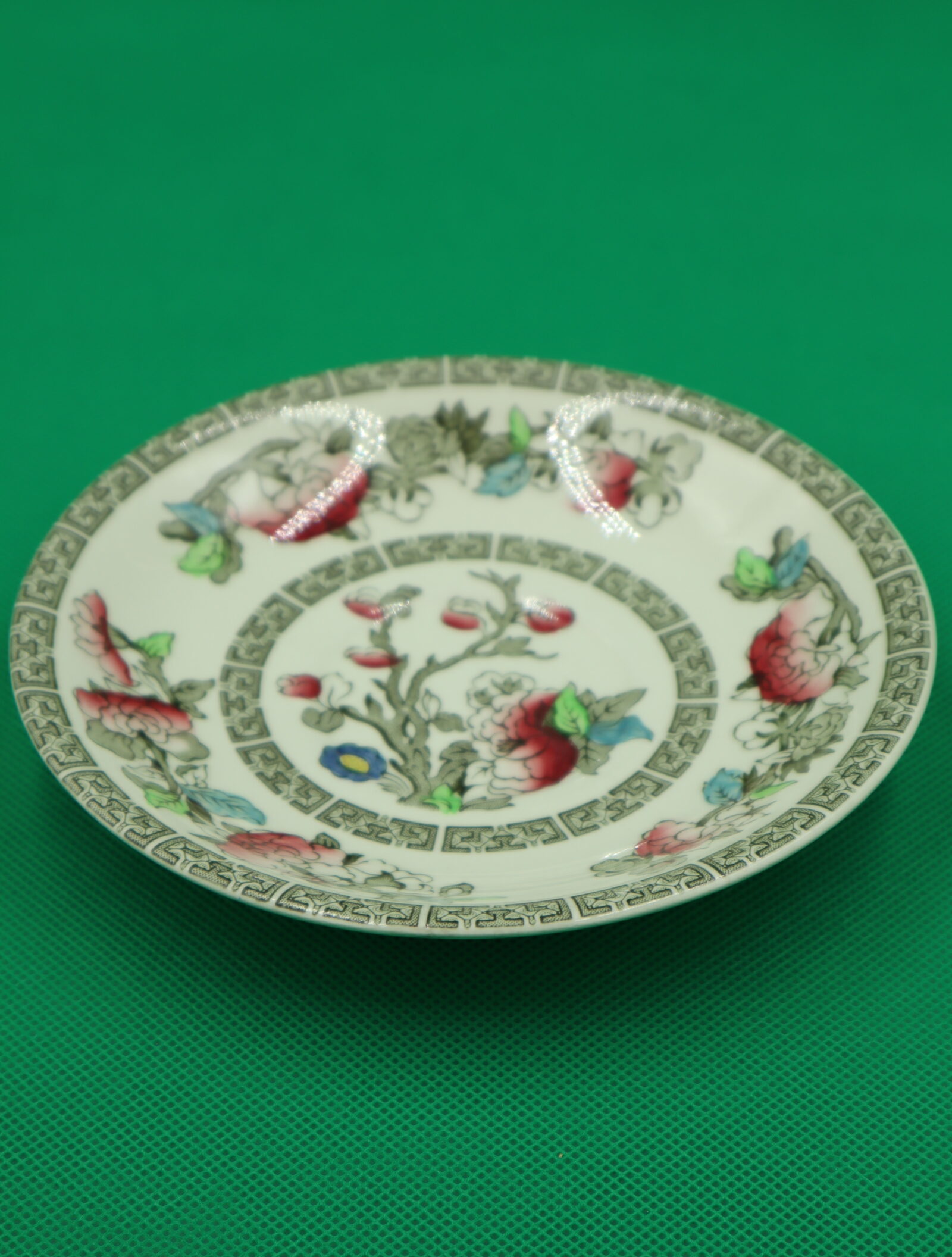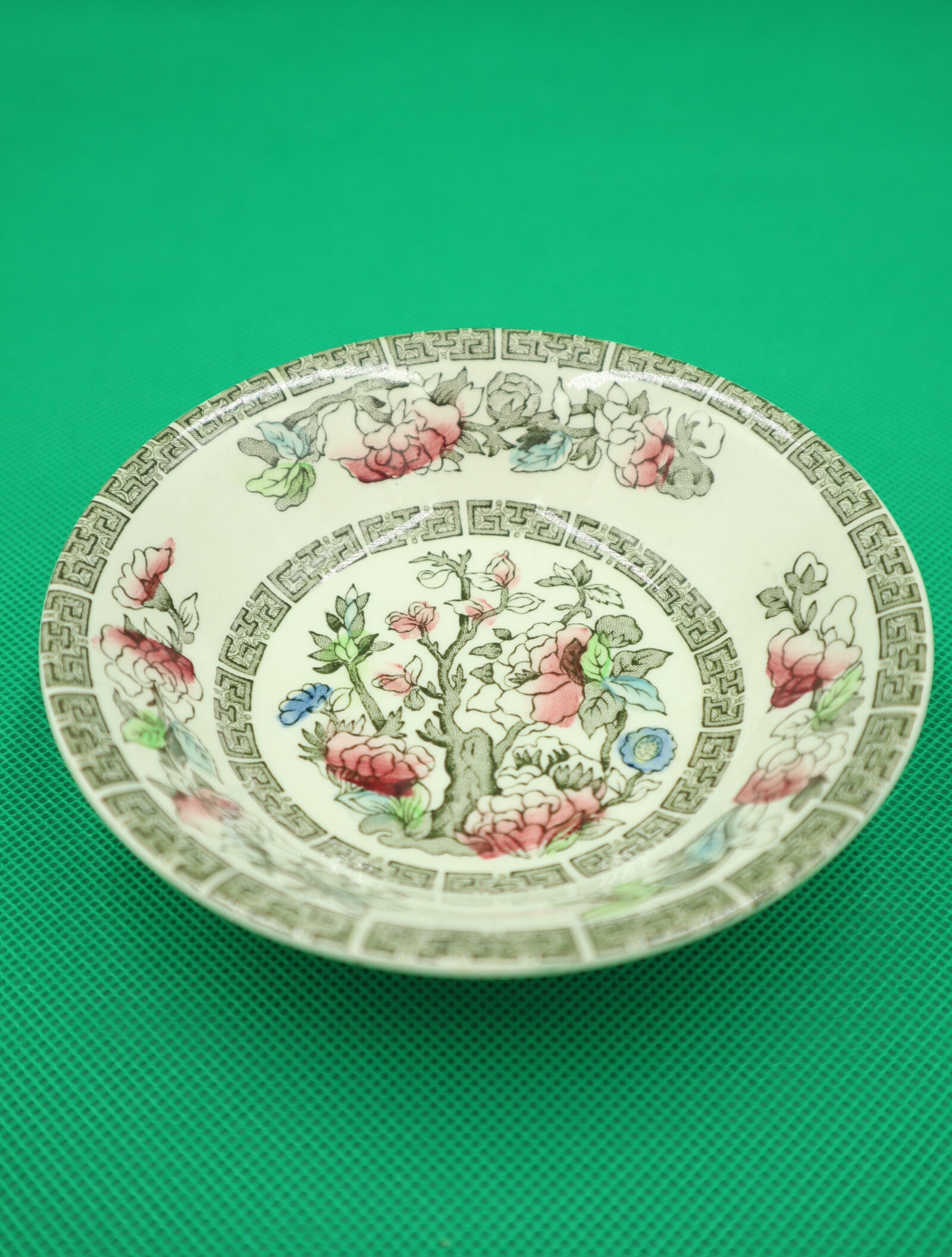Antique George Davidson Glass: A Journey Through History
Antique glassware possesses a timeless allure, and one name that stands out in the world of glass collectibles is George Davidson. This renowned English glass manufacturer left an indelible mark on the world of glassmaking, and their products are coveted by collectors worldwide. In this blog, we’ll take a deep dive into the history of the George Davidson company and explore some of their exquisite glass products, including the coveted pink glass comport table stand with registration number 254027 from the year 1895.
The History of George Davidson Glass
The story of George Davidson Glass begins in 1867 when George Davidson founded the company in the heart of England, Gateshead, Tyne, and Wear. Davidson was no stranger to the glass industry; he hailed from a family of glassmakers and brought years of expertise to the business. Over the years, the company rapidly gained recognition for its innovative techniques and exquisite glassware, setting high standards for quality and design.
One of the notable aspects of George Davidson Glass was their dedication to both functional and decorative glassware. Their production included a wide range of items, from utilitarian pieces like lamp shades, vases, and inkwells to the more ornate, collectible items like glass animals, epergnes, and fruit bowls.
The late 19th and early 20th centuries were a period of great innovation and experimentation in the glass industry. George Davidson embraced these changes and continually adapted their designs and techniques to keep pace with the evolving tastes of the time. Their glassware was a reflection of the design trends of the Victorian and Edwardian eras, which often featured intricate patterns, vibrant colors, and exceptional craftsmanship.
Types of Glass Products
- Davidson Glass Comport Table Stand (Comport)
The George Davidson pink glass comport table stand, registered under number 254027 in 1895, is a true collector’s gem. Comports are essentially elevated dish stands that were used for serving and displaying fruit, sweets, or other treats. The one you’ve mentioned, crafted in the delicate pink glass, is a testament to the elegance and refinement that George Davidson’s glassware was known for.
This particular piece, with its distinctive registration number, signifies that it was officially registered, providing a historical record of the design. The delicate pink hue of the glass is both visually stunning and highly sought after by collectors. The comport features intricate patterns and an exquisite design that captures the essence of the late Victorian era.
Such pieces were not only functional but also decorative, often placed as centerpieces on dining tables or sideboards to showcase the artistry of the glassmaker. The George Davidson comport, like many of their glass products, represents the intersection of utility and aesthetics.
- Pressed Glassware
George Davidson Glass was known for its expertise in pressed glass. Pressed glass is created by pressing molten glass into molds to achieve intricate designs. This technique allowed for the production of highly detailed and beautifully patterned glassware at a fraction of the cost of hand-blown glass.
Some common examples of pressed glass items produced by George Davidson include vases, bowls, and dishes. These pieces often featured delicate patterns and designs that added an element of sophistication to everyday glassware.
- Art Glass Animals Beyond utilitarian pieces, George Davidson also ventured into the realm of art glass. Their collection of glass animals is particularly noteworthy. These figurines, often made in various colors, showcased a range of animals, from swans to birds, and even elephants. The attention to detail and craftsmanship in these figurines made them popular among collectors and animal lovers.
- Inkstands and Inkwells The Victorian era was a time when written communication was paramount. As a result, inkstands and inkwells were essential items on the writing desks of the day. George Davidson produced a range of inkstands and inkwells, often with ornate designs and details. These pieces have become sought-after collectibles, both for their functionality and their historical significance.
- Glass Epergnes Epergnes were elaborate centerpieces often used to display fruits and sweets. George Davidson produced epergnes in various designs and colors, adding an air of opulence to formal dining tables and sideboards.
- Legacy and Collectibility
George Davidson Glass left an indelible legacy in the world of glassmaking. Their commitment to quality, innovative designs, and adaptability to the changing tastes of the times make their products highly collectible today. The pink glass comport table stand with registration number 254027 from 1895 is just one of many exceptional pieces that capture the essence of their craftsmanship and artistry.
Collectors and enthusiasts continue to cherish George Davidson glass for its historical significance and aesthetic appeal. These pieces provide a tangible connection to the Victorian and Edwardian eras, reminding us of a time when glassware was not merely functional but a true work of art.
In conclusion, George Davidson Glass stands as a testament to the artistry and craftsmanship of a bygone era. Their glass products, including the coveted pink glass comport table stand with registration number 254027 from 1895, are treasured by collectors and glass enthusiasts, and they continue to bring a touch of history and elegance to the world of antique glassware.

